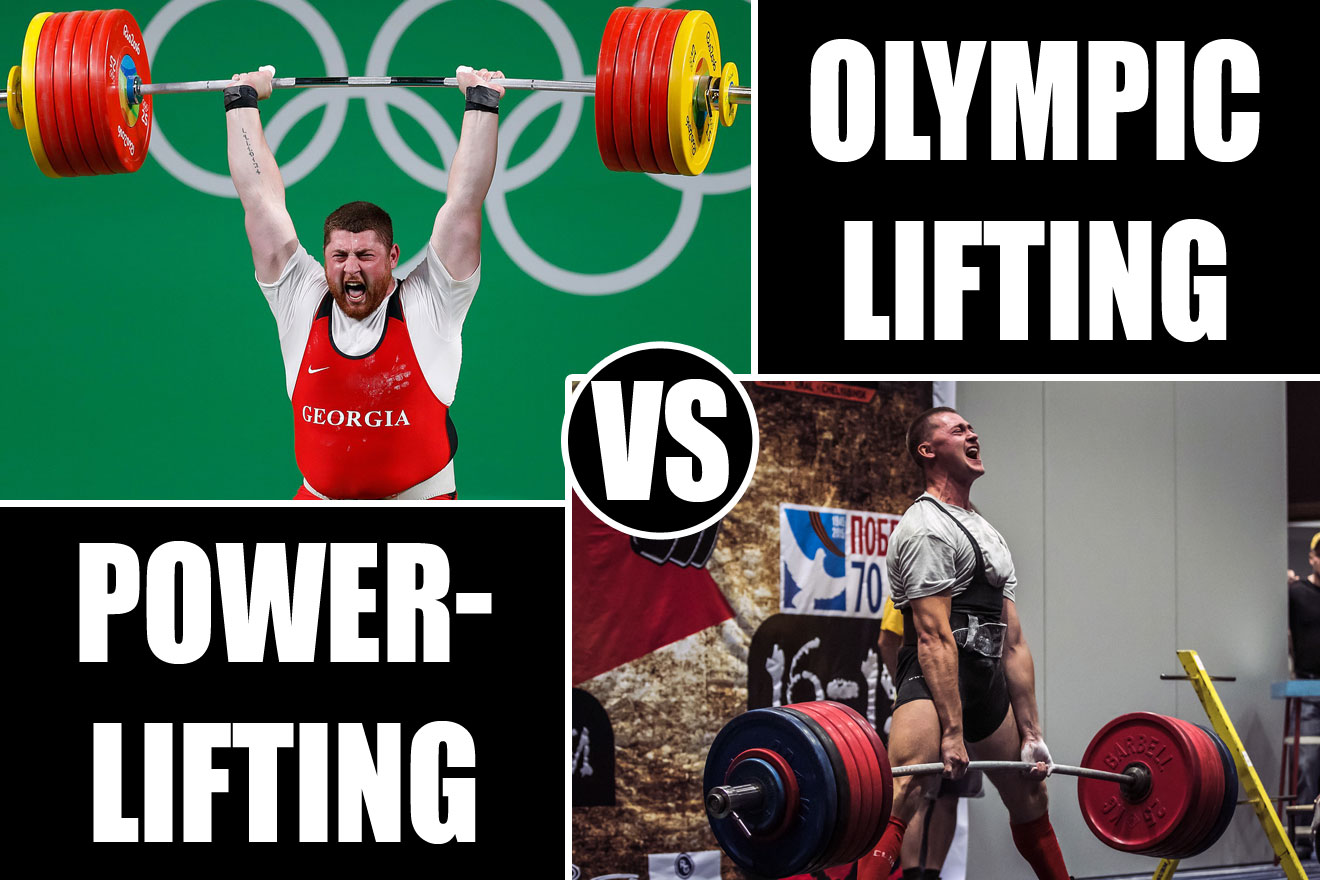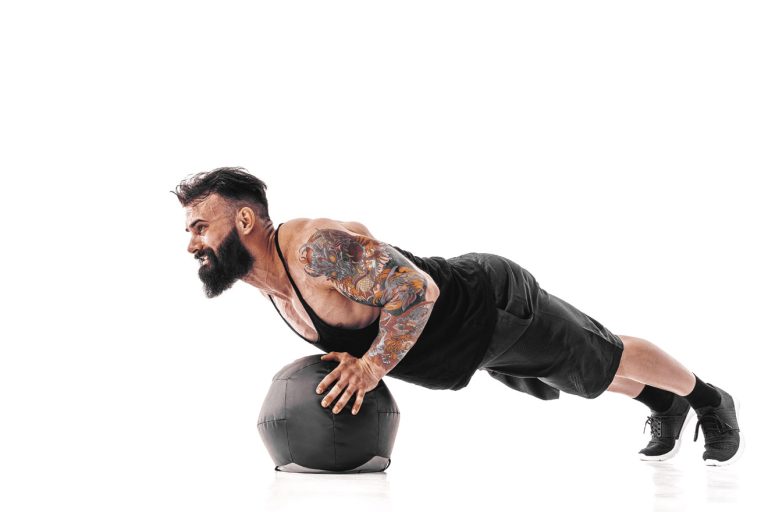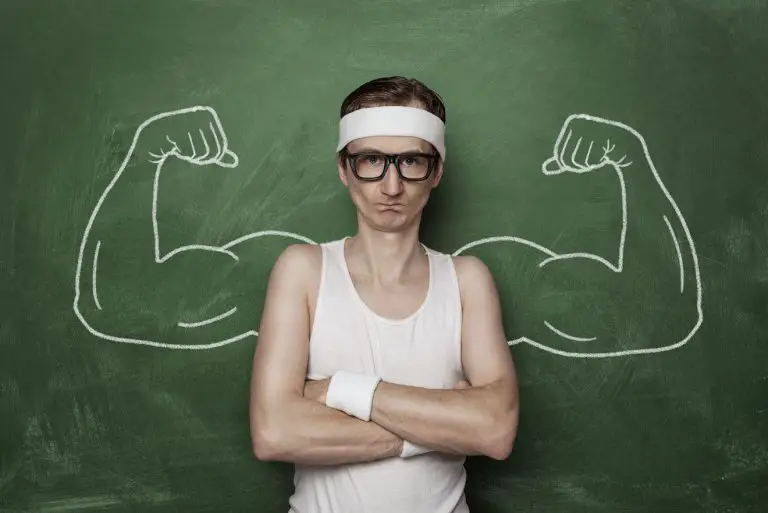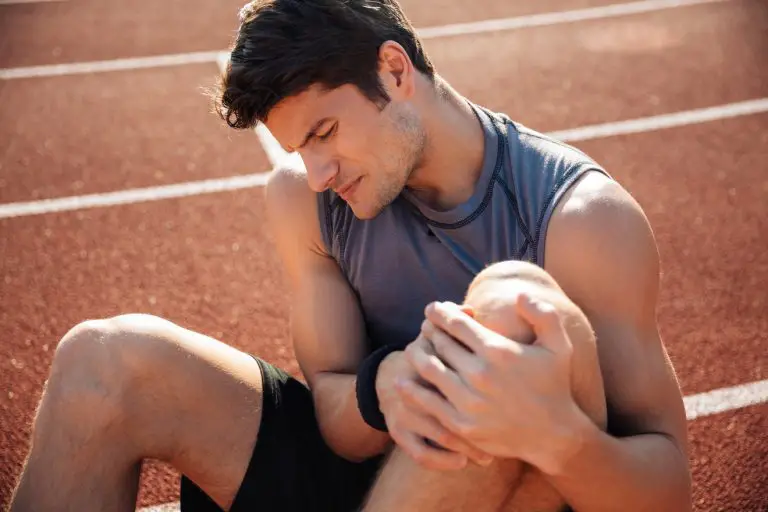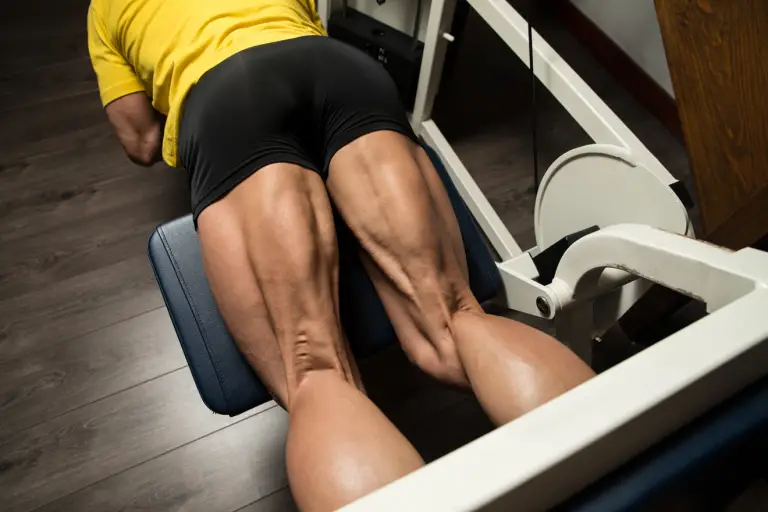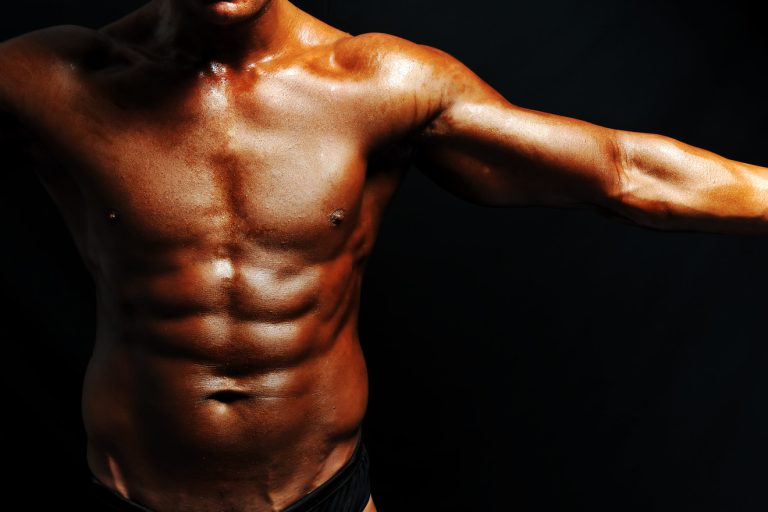Olympic lifting or powerlifting, which one is right for you?
As our regular readers are fully aware, this website is dedicated to helping people to develop a great body through comprehensive training programs that incorporate weight training, functional training, cardio, stretching, and other modalities, along with good nutrition.
Occasionally, though, we are asked about Olympic weightlifting and powerlifting, which are competitive sports. More specifically, we are asked which one might be right for the individual in question.
To help answer this question, we’re happy to publish an article by the team of professional Ukranian weightlifter Oleksiy Torokhtiy, who are far more qualified to answer it than we are.
How to choose between Olympic lifting and powerlifting
Olympic lifting and powerlifting are inspiring sports, with gifted athletes and passionate followings. People who are interested in strength- and power-based sports such as these sometimes struggle to choose the one that’s right for them. For those of you who have hit a wall and don’t know which one to choose, we can help.
Both Olympic lifting and powerlifting are rewarding in their own ways, but one might be a better fit for you than the other one because they have distinct differences. When you get familiar with these differences, you’ll be on your way to making the right decision. Knowing the differences is an excellent way to start because you never know, you might stumble upon a deal-breaker right away that will make deciding a whole lot easier.
Olympic lifting vs powerlifting—5 main differences
1. Types of lifts
With Olympic lifting, there are two main lifts:
- The snatch
- The clean and jerk
Both lifts need you to lift the barbell off the ground, over your head, either in a single motion (snatch) or in two motions (clean and jerk). These are really technical lifts that emphasize speed, coordination, and flexibility.
Powerlifting consists of three lifts:
They focus on moving the heaviest possible weights in a controlled manner. They’re not easy to complete by any means because they need a lot (and we mean a lot!) of strength and stability, but they’re less technical than the Olympic lifts are.
2. Technique and skill level
You’ve probably guessed this one already, but Olympic lifting requires a high level of technical skill and precision. The movements are complex, and they need to be done with perfect timing and form. If you give it a try, expect a good amount of drills to improve technique and mobility in your training.
Technique is still important with powerlifting, of course, but the movements are a bit more straightforward. The focus is more on maximizing strength than on power and coordination.
3. Training focus
Training routines for Olympic lifting include a lot of technique work, mobility exercises, and explosive movements. The goal is to improve the efficiency and power of the lifts.
On the other hand, powerlifting training is more about building maximum strength. Workouts usually consist of heavy lifting, accessory exercises to target specific muscle groups, and progressive overload to continually increase strength.
4. Physical demands
Compared with powerlifting, Olympic lifting relies more on power, agility, and flexibility. You need to be quick and have excellent coordination to do the lifts the way they’re supposed to be done.
In contrast, powerlifting needs more strength and muscular endurance because the lifts are slower and more controlled.
5. Competition structure
Olympic lifting competitions involve doing the snatch and clean and jerk, with the total of the best successful lift in each determining the winner. You get three attempts at each lift.
For powerlifting, competitions include the squat, bench press, and deadlift, with the highest total weight lifted across all three determining the winner. Just like with Olympic lifting, you get three attempts at each lift.
Olympic lifting vs powerlifting—pros and cons
Pros and cons might play a big part in your decision process, but make sure that your choice is guided by your goals. This means that, if you want to improve athletic performance with a focus on power and coordination, Olympic lifting might be a better choice. If you’re after muscle mass and building maximal strength, you’ll have more luck with powerlifting.
Whatever you decide on, remember that you probably can’t do it without a coach. A proper coach and support will help your fitness journey more than you can imagine. A coach has knowledge that you don’t have, and they can make your exercises safer and more effective.
Let’s get into the pros and cons of both sports, and we’ll even throw in some weightlifting programming tips to help you successfully include these lifts in your training routine.
Olympic lifting pros
Olympic lifting has a lot of things going for it, such as better explosive movements and coordination. Lifts such as the snatch and the clean and jerk are designed to develop strength and speed, more appropriately known as ‘power’.
The technical nature of these lifts improves coordination in general, as well as timing and agility. These are skills you can transfer to other athletic activities and to your everyday life.
Plus, Olympic lifting engages a lot of different muscle groups at once, which will improve the strength of your entire body, your flexibility, mobility, and contribute to better functional fitness.
A lot of athletes (like football and basketball players) have Olympic lifting included in their training routines to improve their performance.
Olympic lifting cons
It’s not all rainbows and cupcakes, though, because, to get to the benefits, you have to do a lot of work. The lifts are complex and need a great deal of coaching and practice to be done correctly, so, if you’re a beginner, there’s a long way ahead of you.
There’s also the risk of injury that you need to factor in. Since you’re working with heavy loads, combined with serious technical demands, you may get injured if you do it with improper form or if you’re not prepared.
Powerlifting pros
The three main lifts that powerlifting focuses on are excellent for building maximal strength and substantial muscle mass. The movements are heavy and controlled and they do a great job at strengthening the muscles around your joints, which improves stability and reduces the risk of injury (over time, obviously).
If you’re a beginner, you’ll need a lot of mental toughness, discipline, and resilience to succeed, but that’s a good thing. Aside from physical benefits, powerlifting will train your mind as well, and let’s be honest—discipline, mental resilience, and toughness are things most people seriously lack.
Powerlifting cons
There are some drawbacks, of course, and the biggest one is a potential injury. The heavy weights will place a lot of stress on your joints, which can lead to injuries or joint pain.
Burnout and overtraining are some additional potential issues to consider. You need to balance training with rest days because your body needs rest and recovery. This goes for all types of exercise, but especially for athletes who work with very heavy loads.
Extra tips
To take up Olympic lifting or powerlifting or include their lifts in your training program, you need planning. Start with a balanced routine that includes warm-ups, technique drills, and accessory exercises that will make it easier for you to do their main lifts.
No matter how excited you are to progress, do it slowly. Lighter weights are the only way to start, and then, as you learn about form and as you get stronger, you can begin to increase the weight little by little.
Some frequently asked questions
Are Olympic lifters stronger than powerlifters?
The types of force are different here. Olympic lifters usually have more power and coordination, whereas powerlifters excel at strength. As such, deciding who is ‘stronger’ depends on the context.
Is Olympic lifting safer than powerlifting is?
Safety depends on proper technique, coaching, and individual conditioning. Olympic lifting has complex movements, so, if you do it incorrectly, you’re potentially in trouble. Powerlifting includes super heavy weights that can stress the joints and muscles, which is risky as well. Neither is inherently safer than the other, and both are risky in their own ways.
Still undecided?
If you’re still undecided as to whether you should choose Olympic lifting or powerlifting, it shows that you have common sense. The best thing to do is try them both. It’s great that you are more informed now and you (kind of) know what to expect, but until you give them both a try, you won’t know for sure which one is right for you.
To get started with Olympic weightlifting, check out the programs and educational resources provided on torokhtiy.com, the official website of Oleksiy Torokhtiy.

